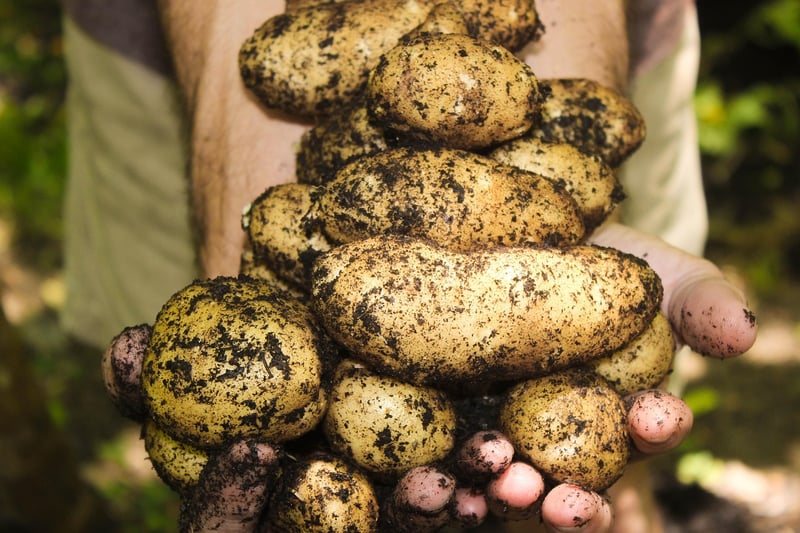Seasonal Produce
Exploring Key Elements of Seasonal Produce
Seasonal produce is not only fresher and tastier but also more environmentally friendly and economical. Understanding the key elements of seasonal produce can help you make healthier choices while supporting local farmers and businesses. Let's dive into the essential aspects of seasonal fruits and vegetables.
Benefits of Seasonal Produce
1. Freshness: Seasonal fruits and vegetables are harvested at their peak, ensuring optimal flavor and nutritional value.
2. Environmental Impact: By consuming seasonal produce, you reduce the carbon footprint associated with transportation and storage.
3. Cost-Effective: Since seasonal produce is abundant, it is often more affordable compared to out-of-season items.
Key Elements to Consider
1. Location: Different regions have varying growing seasons, so it's essential to know what produce is in season in your area.
2. Quality: Look for fruits and vegetables that are firm, vibrant in color, and free of blemishes for the best taste and nutritional value.
3. Variety: Embrace a diverse range of seasonal produce to enjoy different flavors and nutrients throughout the year.
Popular Seasonal Produce
Here are some examples of seasonal fruits and vegetables:
- Spring:
- Strawberries

- Asparagus
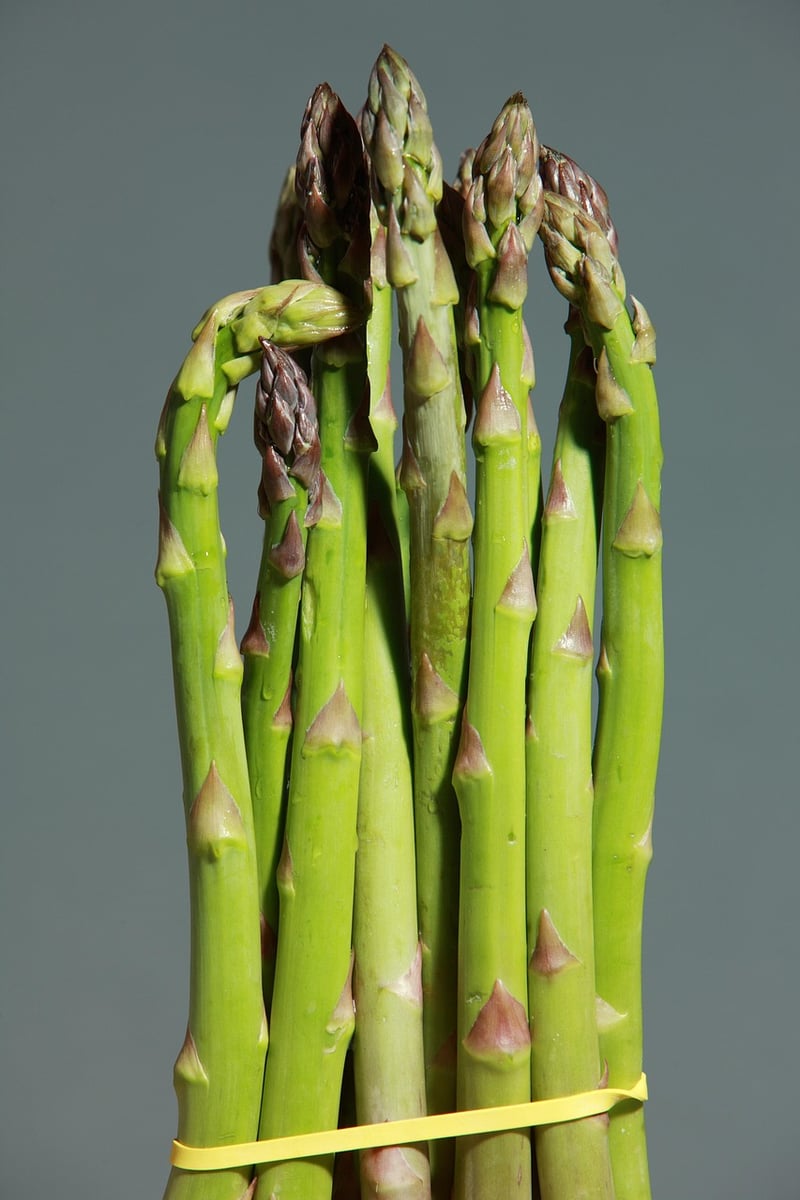
- Strawberries
- Summer:
- Tomatoes

- Zucchini
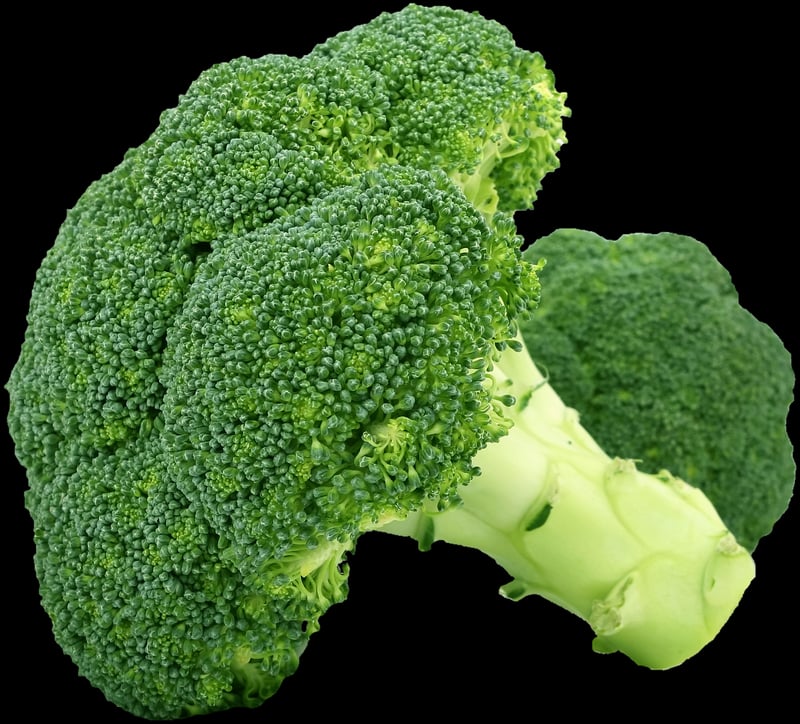
- Tomatoes
- Fall:
- Apples
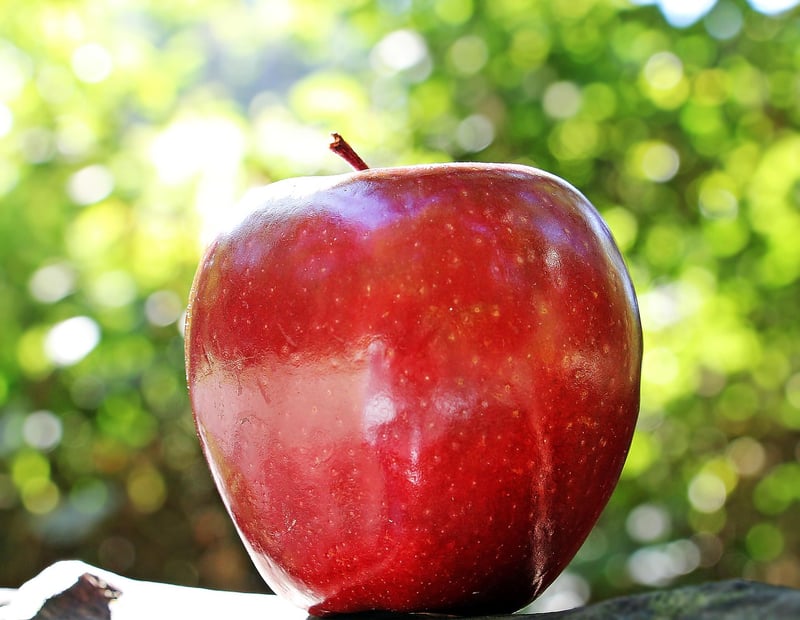
- Pumpkins

- Apples
- Winter:
- Citrus fruits

- Brussels sprouts
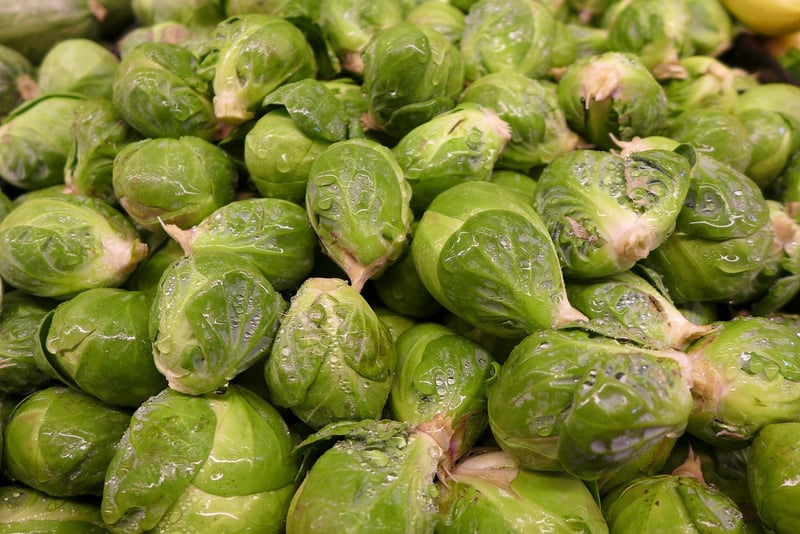
- Citrus fruits
By incorporating seasonal produce into your diet, you not only enjoy delicious meals but also promote sustainability and support local agriculture. Make the most of each season by exploring the variety of fruits and vegetables available during different times of the year.
